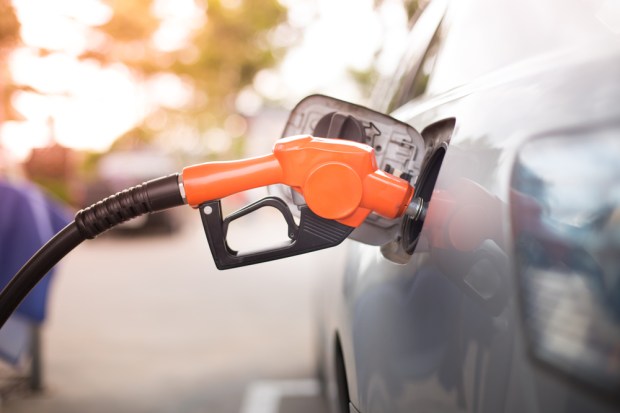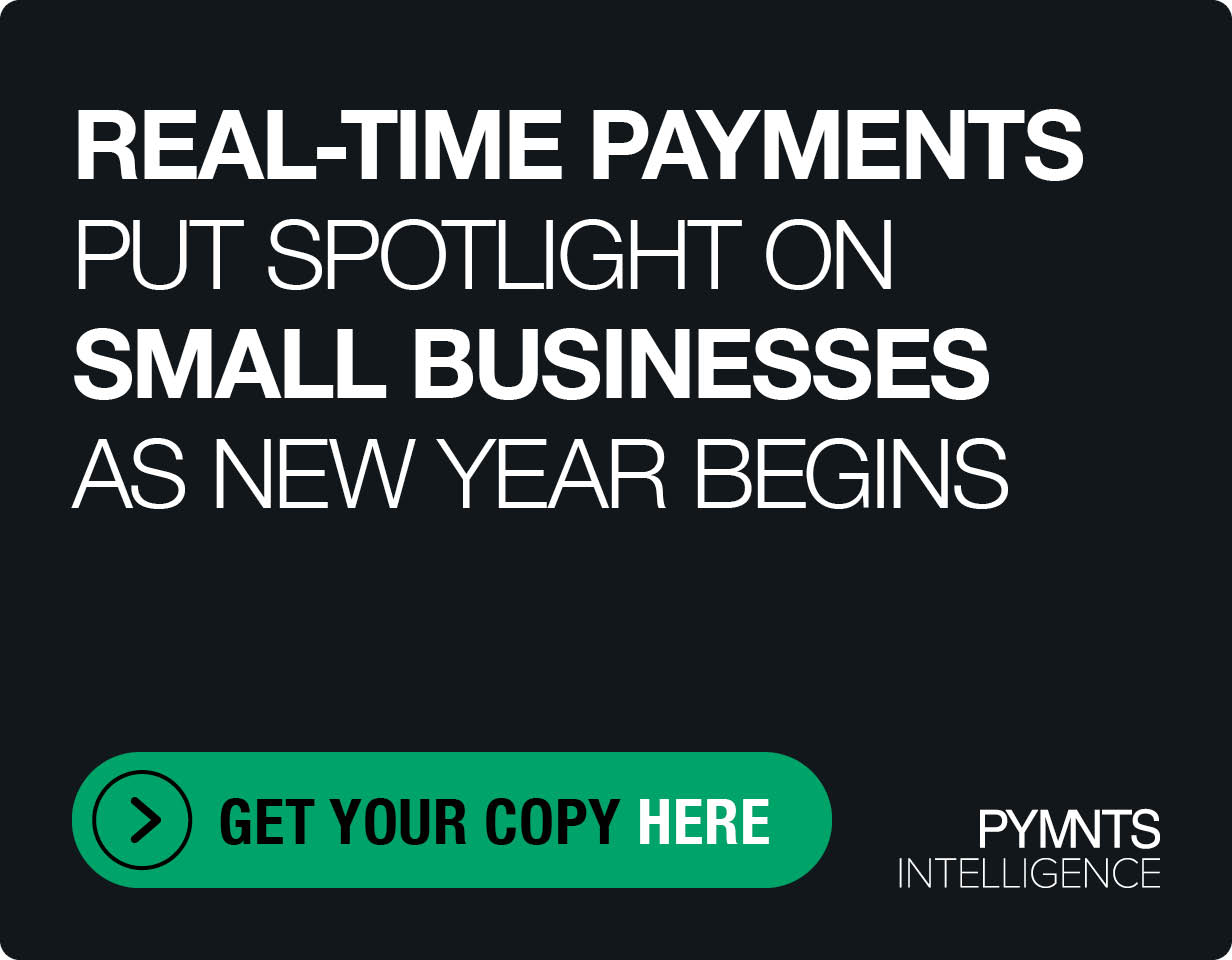The Secret To Driving Convenience At The Pump

The phrase “retail therapy” exists for a reason — there is something about making a purchase that has the mysterious power to elevate one’s mood. And while it sounds like something one might make up to justify overspending — “my mental state required those designer shoes” — some 90 percent of consumers have partaken in some form of retail therapy, and researchers from Cambridge were able to demonstrate that shopping (done right) does, in fact, correlate with higher amounts of human happiness. Retail therapy is real; science says so.
Unfortunately, science has also determined that retail is only therapeutic in some contexts. Consumers buying things that they want, that make them feel more confident or that they perceive as fun — all of those shopping experiences can be therapeutic and may make a customer happy. Things a customer has to buy, on the other hand, like groceries and gas — not so much. Buying shoes is therapeutic for consumers, but buying gas is not.
It is a reality of which even gas station operators are aware.
“Buying fuel is not a desirable purchase,” Rod Tos, manager of customer payments and card services for energy provider Chevron, told PYMNTS in a recent conversation. “It’s generally viewed as a negative experience. We recognize that.”
And while it might be overshooting to say that the goal is to make buying gas pleasurable — even technology has its limits — fuel companies and station operators are coming around to the idea that with the right technological expansions, they can make the experience pleasant.
What makes for a pleasant experience for customers at the pump? According to PYMNTS’ “Paying At The Pump Report: What Drives Mobile Adoption,” it’s not the act of paying itself, as only 5.9 percent of 10,000 survey respondents consider having the ability to pay for gas to be “very” or “extremely” important.
But convenience sure does count, at least with younger consumers. That same study found that 43 percent of high-income millennials are more likely to visit a gas station if its app offers them convenience, loyalty and savings. Those consumers are defined as having been born between 1978 and 1995, with annual incomes ranging from $75,000 to $150,000. And, contrary to some stereotypes, they do buy gas — they actually buy more gas than any other demographic group: 65 percent of them made at least one fuel purchase a week, compared with 58 percent of other respondents in the study who said the same.
How to deliver on that drive for convenience at the pump?
That is under development. Late last week (Aug. 16), Shell, General Motors and mobile payments provider P97 officially announced a service that enables drivers to find and pay for fuel and view offers — all within the car’s infotainment system via the GM Marketplace platform. Chevron is also building out its mobile offerings for the next generation of drivers. PYMNTS talked to all of them to get a feel for what’s next to drive convenience at the pump — and how they hope to drive a sticky, if not exactly therapeutic, fuel buying experience for all.
